Ancient Rome and the Modern Italian State
In this book, Alessandro Sebastiani examines how architecture and urbanism can be used to construct national identity. Using Rome as his case study, he explores how the city was transformed to accommodate different political ideologies in the period from 1870 to the end of World War II. After unification, Rome's classical architecture served as a reference point, guiding transformations of the urban fabric that met contemporary needs but also supported the agenda of the newly-formed Italian state. The advent of fascist state in the 1920s ushered in a different order of ideological placemaking. The monuments of ancient Roman were isolated in order to enhance their structural elegance, a scheme that powerfully conveyed political messages in support of Mussolini's regime. Sebastiani's volume offers a new approach to understanding the sophisticated relationships between archeology, urban planning, and politics within the city of Rome. Moreover, it highlights the consequences of suppressing historical evidence from monuments and archaeological sites.
- It uses the monuments of Rome to delineate a different approach to their understanding in modern contexts
- The volume addresses the risks of manipulating cultural heritage by providing examples from modern Rome
- The book is structured to gradually introduce articulated concepts of archaeology, architecture, and urban studies using ordinary-language explanations, making the examples and methods accessible to readers without specialized training
Reviews & endorsements
'Alessandro Sebastiani's book is a riveting account of Rome's transformation at the turn of the 20th century and during the ventennio. It marshals a vast number of sources and produces a gripping panorama of statesmen, trailblazing archaeologists, and visionaries, as they sought to reconcile a monumental past with their vision for Rome.' Andrea U. de Giorgi, Professor of Classical Studies, Florida State University
'Alessandro Sebastiani's book deals with the transformation of Rome at the turn of the 20th century in an original and innovative way, especially in the analysis of the passage (and of the elements of continuity despite the diversity of the context) between ideological instances of post-unification liberal Italy and those of the fascist regime.' Riccardo Santangeli Valenzani, Professor of Urban Archaeology and Medieval Archaeology, Roma Tre University
'Recommended.' R. T. Ingoglia, Choice
Product details
July 2023Hardback
9781009354103
350 pages
262 × 185 × 22 mm
0.76kg
Available
Table of Contents
- List of figures
- Preface
- Acknowledgements
- Structure of the Book
- 1. Placemaking: an introduction
- 2. Ideological placemaking: narratives and agents (1870–1945)
- 3. Post-unification placemaking (1870–1922)
- 4. Reclaiming historical identities of four classical monuments
- 5. The fascist placemaking of four classical monuments (1922–1945)
- 6. The fascist ideological placemaking: new architecture
- 7. Afterword
- References
- Index.

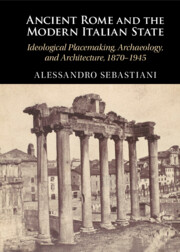
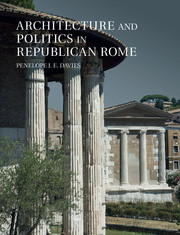
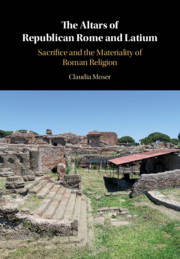
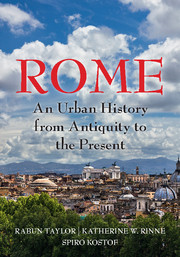

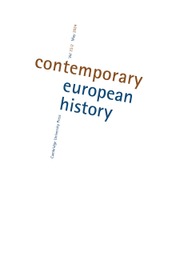
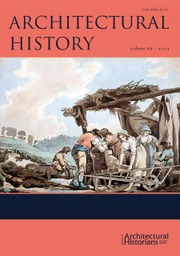
.jpg)
.jpg)